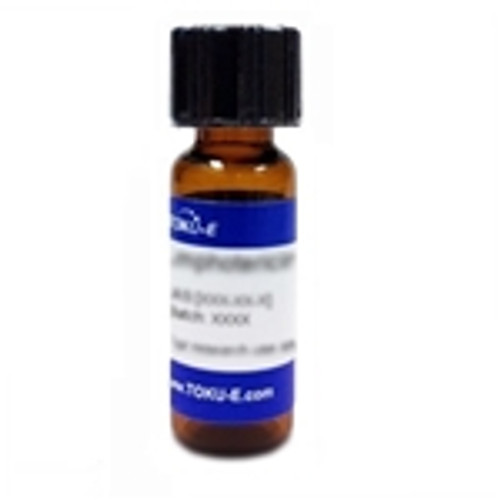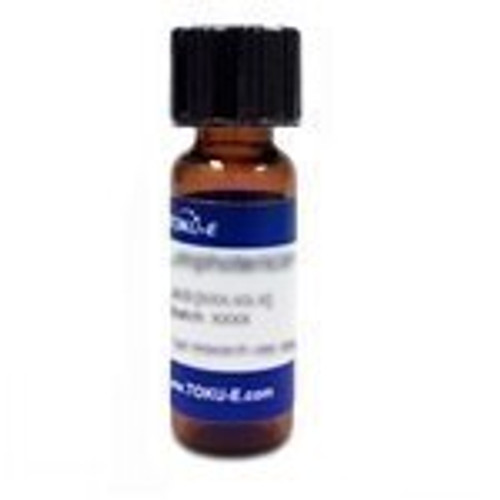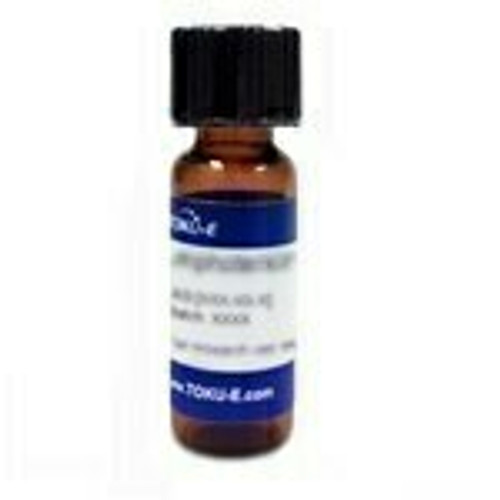Terrecyclic acid is a tricyclic sesquiterpene antibiotic produced by Aspergillus terreus, first reported by researchers at the Universities of Osaka and Tokyo in 1982. Terrecyclic acid A had a wide antimicrobial spectrum of rather weak activities against gram-positive bacteria, yeasts and fungi, and shows antitumor activity against lymphocytic leukemia P388.
Terrecyclic acid induces the heat shock protein response and affects oxidative and inflammatory cellular stress response pathways in tumor cells that promote survival. Terrecyclic Acid A is shown to increase reactive oxygen species (ROS) in 3LL cells, as well as, inhibit cytokine-induced NF-kappaB transcriptional activity.
Terrecyclic acid is soluble in ethanol, methanol, DMF and DMSO.
Terrecyclic acid induces the heat shock protein response and affects oxidative and inflammatory cellular stress response pathways in tumor cells that promote survival. Terrecyclic Acid A is shown to increase reactive oxygen species (ROS) in 3LL cells, as well as, inhibit cytokine-induced NF-kappaB transcriptional activity.
Terrecyclic acid is soluble in ethanol, methanol, DMF and DMSO.
| Mechanism of Action | No studies of the mode of action of terrecyclic acid have been published. |
| Spectrum | Terrecyclic acid A had a wide antimicrobial spectrum of rather weak activities against gram-positive bacteria, yeasts and fungi, and shows antitumor activity against lymphocytic leukemia P388. |
| Cancer Applications | Terrecyclic acid induces the heat shock protein response and affects oxidative and inflammatory cellular stress response pathways in tumor cells that promote survival. Terrecyclic Acid A is shown to increase reactive oxygen species (ROS) in 3LL cells, as well as, inhibit cytokine-induced NF-kappaB transcriptional activity. |
| References | Terrecyclic acid A, a new antibiotic from Aspergillus terreus. I. Taxonomy, production and chemical and biological properties. Nakagawa M. et al. J. Antibiot. 1982, 35, 778. The anticancer activity of the fungal metabolite terrecyclic acid A is associated with modulation of multiple cellular stress response pathways. Turbyville T.J. et al. Mol. Cancer Ther. 2005, 4, 1569. |








